Chapter 7. Improving Processes
In this Chapter, we look at Improving Processes. In Section 7.1, we outline the binders or data produced. In Section 7.2, we outline the roles. In Section 7.3, we outline the steps. In Section 7.4, we outline the files of the subprocess. In Sections 7.4 thru 7.10, we examine many of these steps in more detail. In Section 7.11, we outline some sample Improvements. The subprocesses described in Chapters 2 - 7 strongly interact and iterate with one another.
Remark: There are five stages of evolution in building subprocesses and their EHBs- Subprocess Online and Data Offline; Online Subprocess and Data; Integrated Online Subprocess and Data, Reusable Integrated Online Subprocess and Data; Cross-Organization Reusable Integrated Subprocess and Data. See Chapter 1, Section 1.6. The Improvement subprocesses described in this Chapter can be applied to organizations in which subprocesses (defined by RCTs) are of any of the three stages.
7.1 Improving Processes- Binders
We outiine here the key web items or binders that result from the Improving Processes subprocess-namely, Improvement Tools (ImTs) and Documented Subprocesses. These will be described in more detail further in the chapter.
Improvement Tools facilitate overall process improvement. See Figure 7.1 (a). This is an Improvement Tool for improving the NASA SBIR Electronic Handbooks system.
Documented Subprocesses, which are analyzed in the Improvement Tools and are contained in the Process Library. See Figure 7.1 (a). This is an Process Library for the NASA SBIR Electronic Handbooks system. Documented Subprocesses are
- Product Realization Subprocesses, which deal directly with the development of the organization's key products. For example, in the case of Contracts/Grants, these would include Solicitation Development, Review and Selection, Administration and Closeout.
- Product Distribution Subprocesses, which deal directly with the Distribution of the organization's key products. For example, in the case of Contracts/Grants, these would include Solicitation Development, Review and Selection, Administration and Closeout.
- Support Subprocesses, which are those that aide the Product Development subprocesses. For example, these would include Help Desk, Configuration Management, Measurement & Analysis.
- Improvement Subprocesses, which are those that deal with improving the subprocesses and their EHBs. For example, these would include Suggestions, ISO 9001:2000, CMMI- Continuous, and CMMI- Staged.
Exercises.
1. Browse around the Requirements Capture Tools (RCTs) links on the EHBs home page http://ehbs.org/.
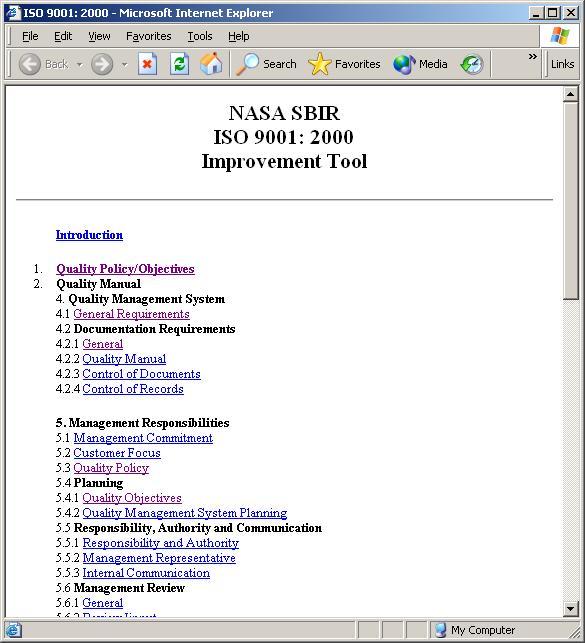
Figure 7.1 (a). NASA SBIR ISO 9001:2000 Improvement Tool.
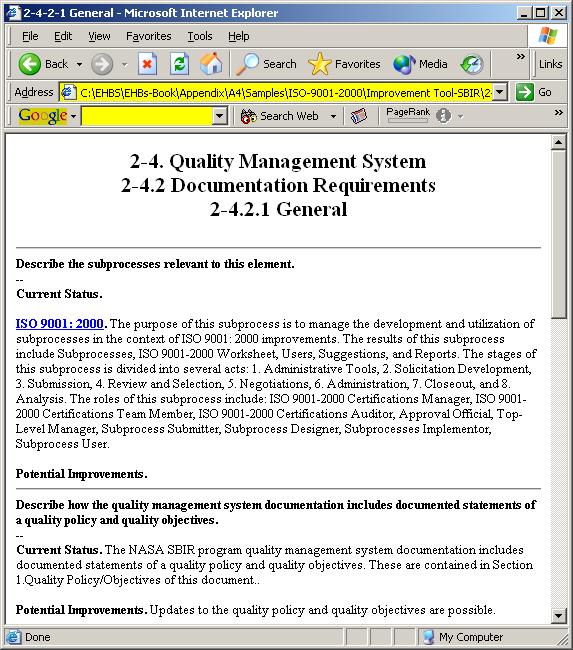
Figure 7.1. (b) NASA SBIR ISO 9001:2000 Improvement Tool Page.
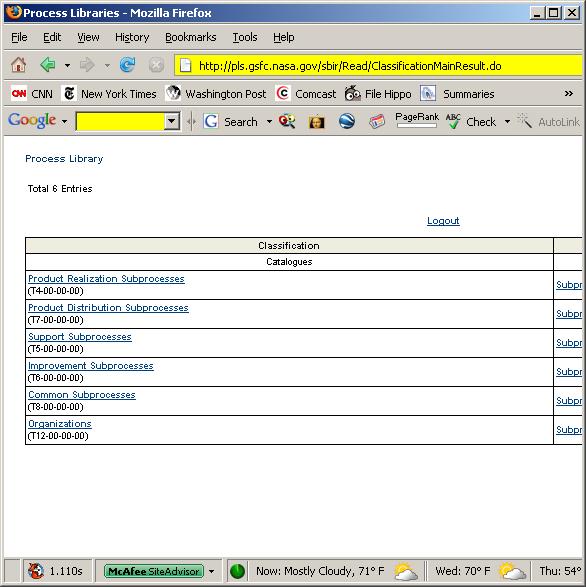
Figure 7.1 (c). NASA SBIR Process Library.
7.2 Improving Processes- Roles
We look at some of the types of roles in the Improving Processes subprocess.
Improving Processes Lead. This is the chief player who manages the Improving Processes Subprocess.
Improver. This is the player who updates the Improvement Tool.
Customer. This is the chief player for which the Process Library is built. He or she is the one with the money for development. During this subprocess, the Customer uses the Suggestions form to make suggestions on changing the Process Library and ImTs components.
User. This is a player for which the Process Library is also demonstrated. During this subprocess, the User also uses the Suggestions form to make suggestions on changing the Process Library and ImTs components.
Demonstrator. This is the player who peforms most of the steps in Demonstrating EHBs. During this subprocess, the Demonstator reads the Suggestions forms to make changes to the Demonstration Tool and ImTs components.
Developer. This is the player of who helps develop the Process Library and ImTs components.
Auditor/Certifier. During this subprocess, the Auditor is responsible for the official certification (if, any) of the improvingl process. The type of Auditor depends on the type of improvement methodology- i.e., ISO 9001:2000, CMMI Continuous, CMMI Staged, etc.
Exercises.
1. Browse around the home White Paper link on the EHBs home page http://ehbs.org.
7.3 Improving Processes- Subprocesses
We outline here, the Improving Processes subprocess. The key steps form the major part of the rest of this chapter.
Creating an Initial Improvement Tool. First, the improver and the organizations determine the method of improvement (e.g,. ISO 9001:2000, CMMI- Staged, CMMI Continuous, etc.) Next, the improver copies a similar Improvement Tool on a local computer and a server. This gives a template of all of the files from which modifications described below can be performed. (See Section 7.5.)
Establishing Documented Subprocesses. This task involves the improver and customer, and user who establish the Documented Subprocesses needed for the Improvements. These are contained in the Process Library components described in the previous Chapters. (See Section 7.6.)
Updating an Improvement Tool. This task involves the improver, customer, and user who update the files in the Improvement Tool . (See Section 7.7.)
Updating Documented Subprocesses. This task involves the improver, customer, and user who update the files and records in the Documented Subprocesses in the Process Library. (See Section 7.8.)
Auditing/Certification. This task involves the improver and customer who contact official personnel for auditing/certification.(e.g,. ISO 9000:200, CMMI- Staged, CMMI Continuous, etc.) (See Section 7.9.)
7.4 Improving Processes- Files
We look at some of the types files used in the Improving Processes subprocess. See Figure 7.2.. These represent the files for the NASA SBIR ISO 9001:2000 Improvement Tool. Notice that there is are files corresponding to each of the pieces of the 9001:2000 Improvement Tool. .
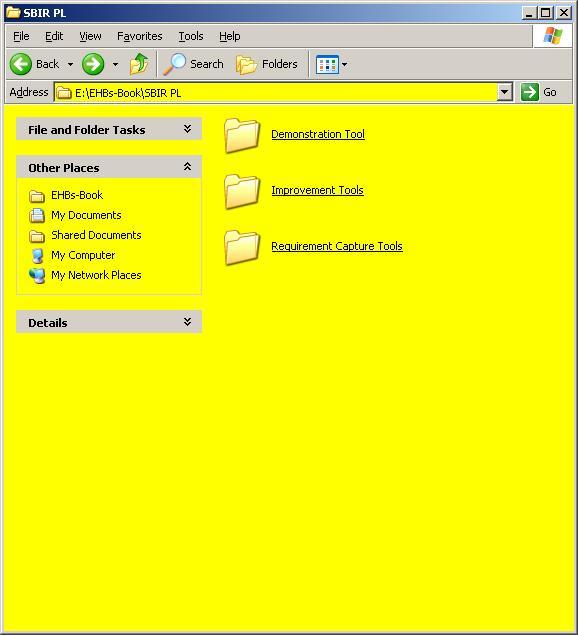
Figure 7.2 (a). NASA SBIR Process Library (PL) files.
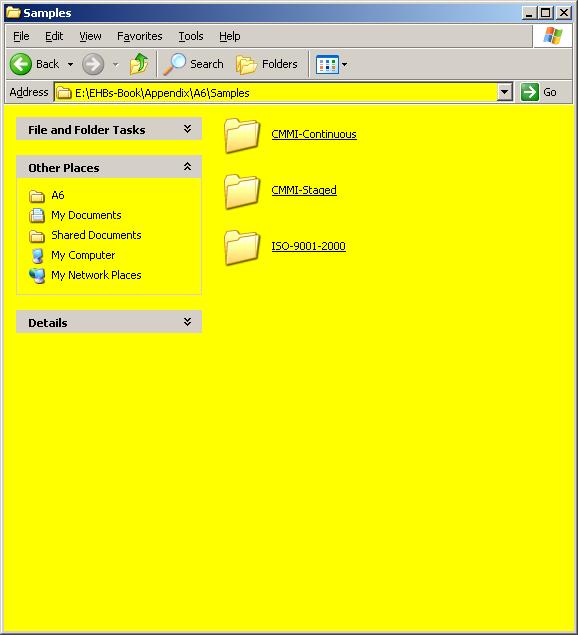
Figure 7.2 (b). NASA SBIR Improvement Tool (IT) files.
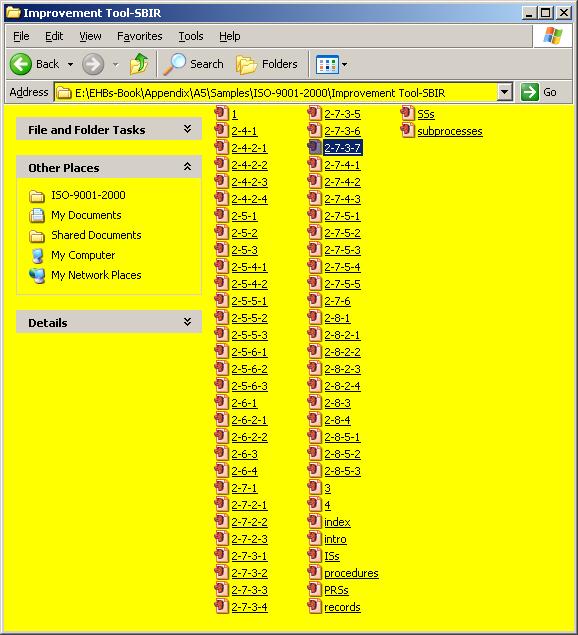
Figure 7.2 (c). NASA SBIR ISO 9001:2000 Improvement Tool files.
7.5 Creating An Initial Improvement Tool
We discuss here how to create an initial Improvement Tool. The rest of the chapter is devoted with updating the content of the tool .
Problem. Create an initial NASA SBIR ISO 9001:2000 process Improvement Tool.
Solution.
1. Create An Initial Local Improvement Tool. Copy a sample Improvement Tool zip file from Appendix A6 and unzip it into the local ISO 9001:2000 Improvement Tool subdirectory. The subdirectory can be found in the SBIR subdirectory, under the Improvement Tools subdirectory, and under the ISO 9001:2000 subdirectory. Browse the local SBIR Improvement Tool in a web browser.
2. Create An Initial Server Improvement Tool. Copy a sample Improvement Tool zip file from Appendix A6 and unzip it into the server ISO 9001:2000 Improvement Tool subdirectory. The subdirectory can be found in the SBIR subdirectory, under the Improvement Tools subdirectory, and under the ISO 9001:2000 subdirectory. Browse the server SBIR Improvement Tool in a web browser.
Exercises.
1. Follow the above steps to create a NASA SBIR ISO 9001:2000 process Improvement Tool.
2. Build an ISO 9001:2000 process Improvement Tool for your organization.
7.6 Establishing Documented Subprocesses
We discuss here how to Establish Documented Subprocesses using Process Libraries..
Problem. Establish the NASA SBIR ISO 9001:2000 process Documented Subprocesses
Solution.
1. Edit Local Documented Subprocesses Files. Establish the NASA SBIR ISO 9001:2000 documented subprocesses using the methods from Chapters 2-5. Browse the local subprocesses in a web browser.
2. Copy Local Documented Subprocesses Files To Server. Copy the NASA SBIR ISO 9001:2000 documented subprocesses to the server using the methods from Chapters 2-5. Browse the server subprocesses in a web browser.
Exercises.
1. Follow the above steps to establish the NASA SBIR ISO 9001:2000 process Documented Subprocesses.
2. Establish your organization's ISO 9001:2000 process Documented Subprocesses.
7.7 Updating Improvement Tools
We show here how to update an Improvement Tool .
Problem. Update the NASA SBIR ISO 9001:2000 process Improvement Tool.
Solution.
1. Edit Local Improvement Tool Files . Update the NASA SBIR ISO 9001:2000 documented Improvement Tool files. Browse the local subprocesses in a web browser.
2. Copy Local Improvement Tool Files To Server . Copy the NASA SBIR ISO 9001:2000 Improvement Tool to the server. Browse the server subprocesses in a web browser.
Exercises.
1. Follow the above steps to update the NASA SBIR ISO 9001:2000 process Improvement Tool.
2. Update your organization's ISO 9001:2000 process Improvement Tool.
7.8 Updating Documented Subprocesses
We discuss here how to update Documented Subprocesses using Process Libraries..
Problem. Update the NASA SBIR ISO 9001:2000 process Documented Subprocesses
Solution.
1. Edit Local Documented Subprocesses Files. Update the NASA SBIR ISO 9001:2000 documented subprocesses using the methods from Chapters 2-5. Browse the local subprocesses in a web browser.
2. Copy Local Documented Subprocesses Files To Server. Copy the NASA SBIR ISO 9001:2000 documented subprocesses to the server using the methods from Chapters 2-5. Browse the server subprocesses in a web browser.
Exercises.
1. Follow the above steps to update the NASA SBIR ISO 9001:2000 process Documented Subprocesses.
2. Update your organization's ISO 9001:2000 process Documented Subprocesses.
7.9 Auditing/Certification
We show here how to do Auditing/Certification of your process.
Problem. ISO 9001:2000 Audit the NASA SBIR process.
Solution.
1. Contact ISO 9001:2000 Auditor. Contact an ISO 9001:2000 Auditor and contract him/her services.
2. Auditor Review Improvement Tool and Documented Subprocesses . Work with the auditor to review your ISO 9001:2000 Improvemetn Tool and Documented subprocesses.
3. Edit Local Review Improvement Tool and Documented Subprocesses Files . . Update the NASA SBIR ISO 9001:2000 documented Improvement Tool files. Update the NASA SBIR ISO 9001:2000 documented subprocesses using the methods from Chapters 2-5. Browse the local subprocesses in a web browser.
4. Copy Review Improvement Tool and Documented Subprocesses Files To Server . Copy the NASA SBIR ISO 9001:2000 Improvement Tool to the server. Copy the NASA SBIR ISO 9001:2000 documented subprocesses to the server using the methods from Chapters 2-5. Browse the server subprocesses in a web browser.
Exercises.
1. Follow the above steps to ISO 9001:2000 Audit your organization's process.
7.10 Sample Process Improvements
CMMI Continuous Improvement
We illustrate here for CMMI Continuous Improvement, the highlights of the steps we descibed above for ISO 2000-9001 Improvement.
Figure 7.4 (a) illustrates a CMMI Continuous Documented Subprocesses. Figure 7.4 (b) illustrates CMMI Continuous Product Realization Subprocesses. Figure 7.4 (c) illustrates CMMI Continuous Product Support Subprocesses. Figure 7.4 (d) illustrates CMMI Continuous Improvement Subprocesses. Figure 7.4 (e) illustrates the CMMI Continuous Improvement Tool. Figure 7.4 (f) illustrates a CMMI Continuous Improvement Improvement Tool page. Figure 7.4 (g) illustrates a deeper CMMI Continuous Improvement Improvement Tool page. Figure 7.4 (h) illustrates a Process Indicator Information Documents (PIIDs) Page used in CMMI evaluations. Figure 7.4 (i) illustrates the CMMI Continuous Improvement Tool Files.
Exercises.
1. Follow the above steps to create a Staged Improvement Tool
2. Build a Staged Improvement Tool in your organization.

Figure 7.4 (a). NASA SBIR CMMI Continuous Documented Subprocesses.
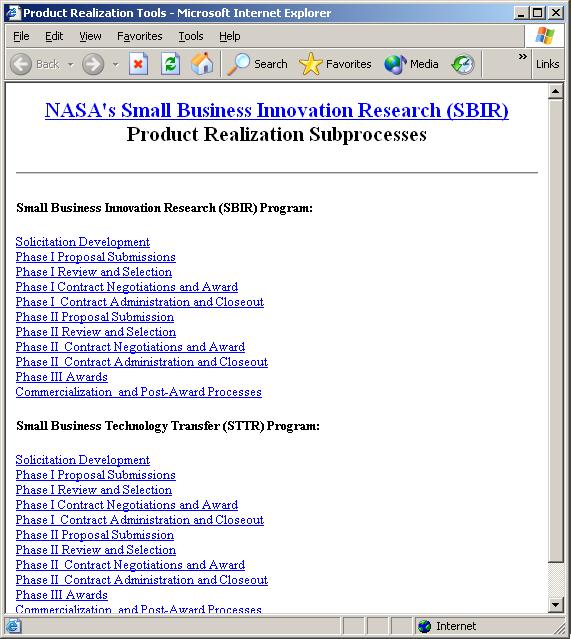
Figure 7.4 (b). NASA SBIR CMMI Continuous Product Realization Subprocesses.
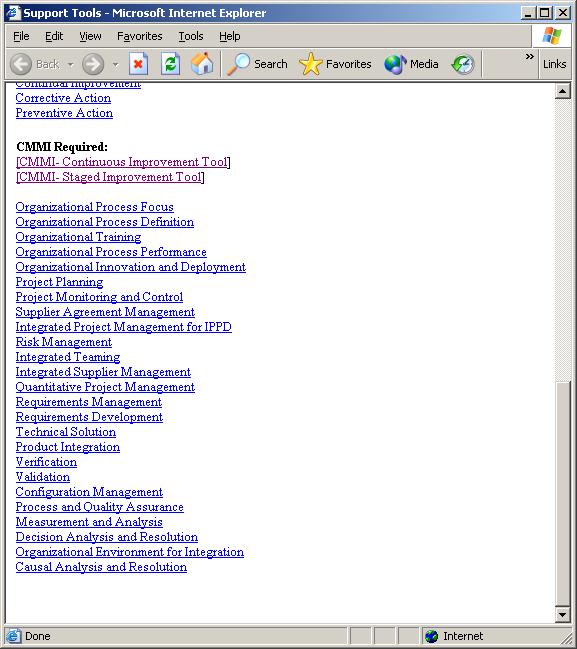
Figure 7.4 (c). NASA SBIR CMMI Continuous Support Subprocesses.
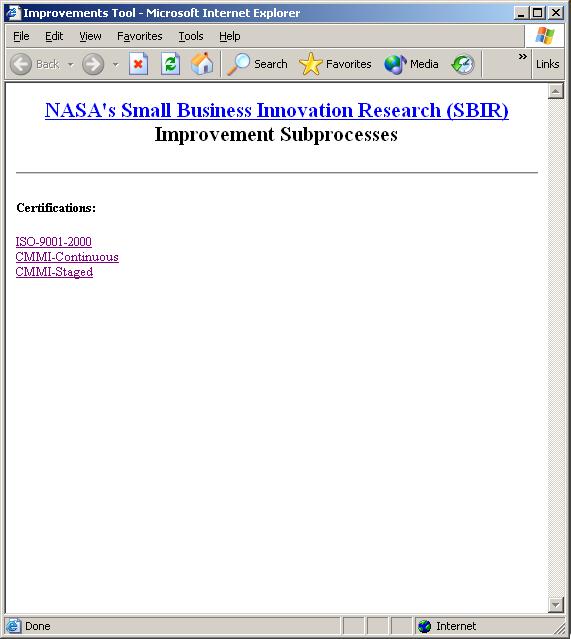
Figure 7.4 (d). NASA SBIR CMMI Continuous Improvement Subprocesses.
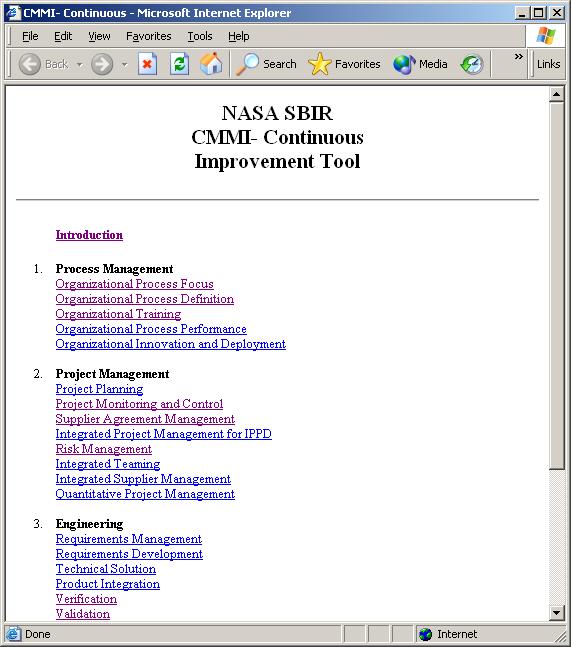
Figure 7.4 (e). NASA SBIR CMMI Continuous Improvement Tool.
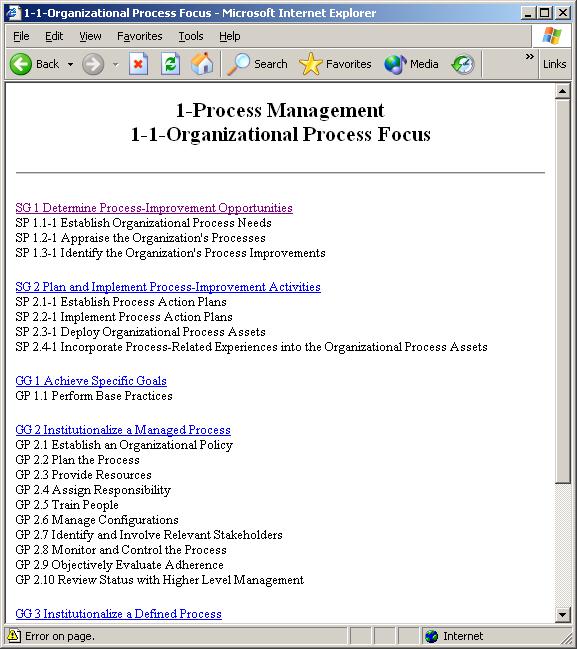
Figure 7.4 (f). NASA SBIR CMMI Continuous IT Page.
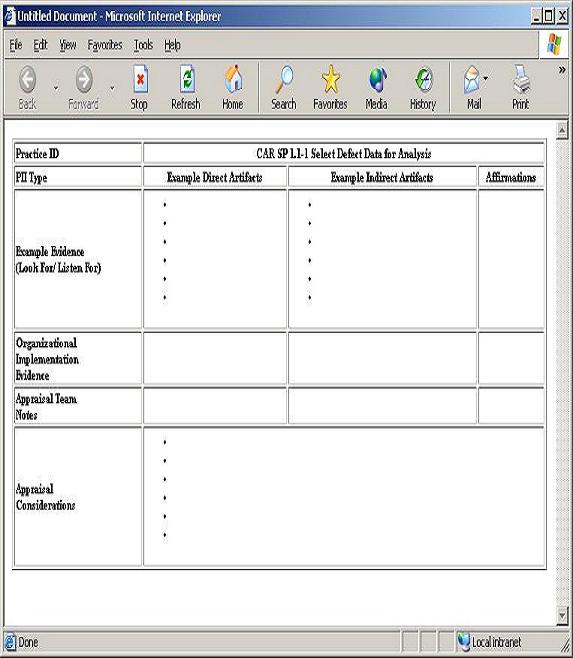
Figure 7.4 (g). NASA SBIR CMMI Continuous IT Page.
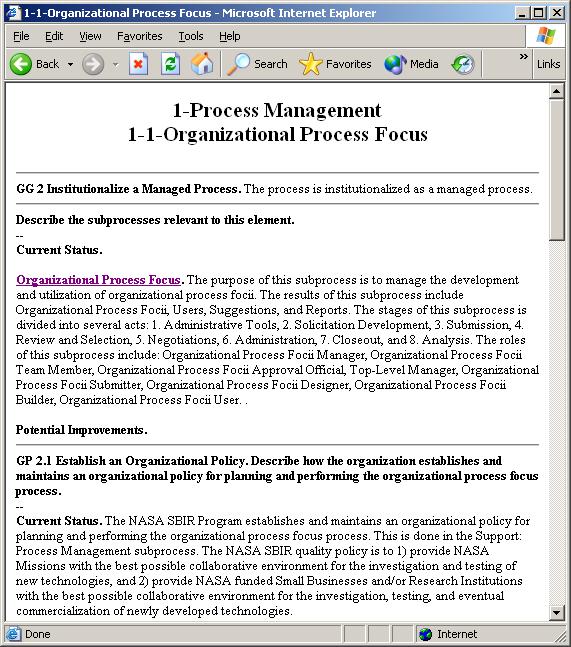
Figure 7.6 (h). Process Indicator Information Documents (PIIDs) Page.
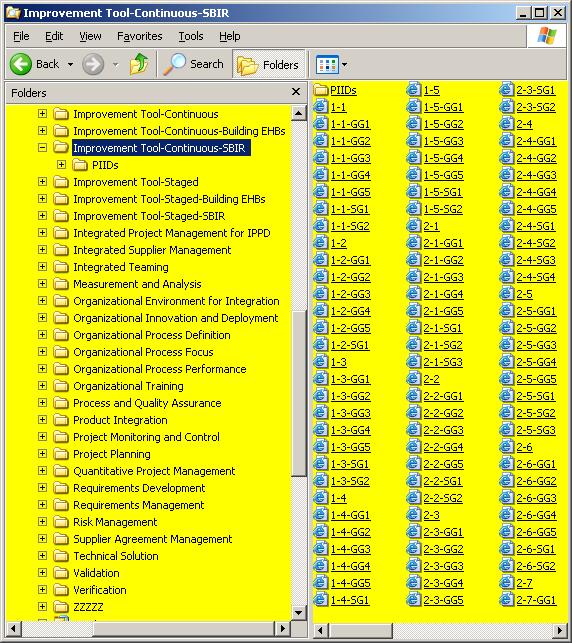
Figure 7.4 (i). NASA SBIR CMMI Continuous Improvement Tool Files.
CMMI Staged Improvement
We illustrate here for CMMI Staged Improvement, the highlights of the steps we descibed above for ISO 2000-9001 Improvement.
Figure 7.6 (a) illustrates a CMMI Staged Documented Subprocesses. Figure 7.6 (b) illustrates CMMI Staged Product Realization Subprocesses. Figure 7.6 (c) illustrates CMMI Staged Product Support Subprocesses. Figure 7.6 (d) illustrates CMMI Staged Improvement Subprocesses. Figure 7.6 (e) illustrates the CMMI Staged Improvement Tool. Figure 7.6 (f) illustrates a CMMI Staged Improvement Improvement Tool page. Figure 7.6 (g) illustrates a deeper CMMI Staged Improvement Improvement Tool page. Figure 7.6 (h) illustrates a Process Indicator Information Documents (PIIDs) Page used in CMMI evaluations. Figure 7.6 (i) illustrates the CMMI Staged Improvement Tool Files.
Exercises.
1. Follow the above steps to create a Staged Improvement Tool
2. Build a Staged Improvement Tool in your organization.

Figure 7.6 (a). NASA SBIR CMMI Staged Documented Subprocesses.

Figure 7.6 (b). NASA SBIR CMMI Staged Product Realization Subprocesses.
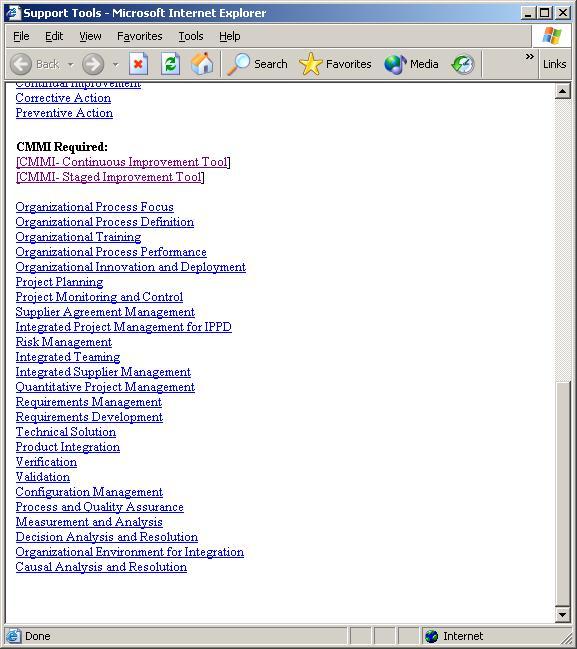
Figure 7.6 (c). NASA SBIR CMMI Staged Support Subprocesses.

Figure 7.6 (d). NASA SBIR CMMI Staged Improvement Subprocesses.
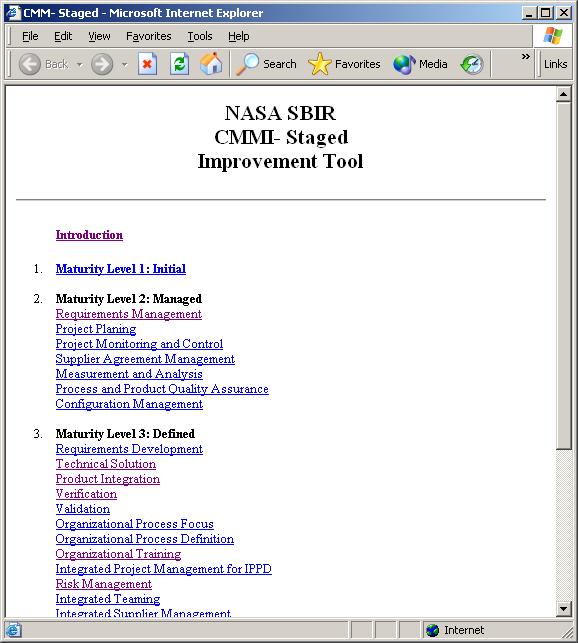
Figure 7.6 (e). NASA SBIR CMMI Staged Improvement Tool.
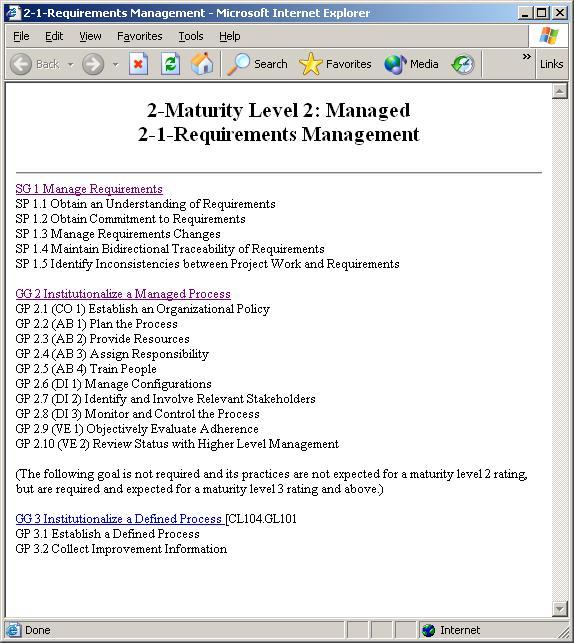
Figure 7.6 (f). NASA SBIR CMMI Staged IT Page.

Figure 7.6 (g). NASA SBIR CMMI Staged IT Page.

Figure 7.6 (h). Process Indicator Information Documents (PIIDs) Page.
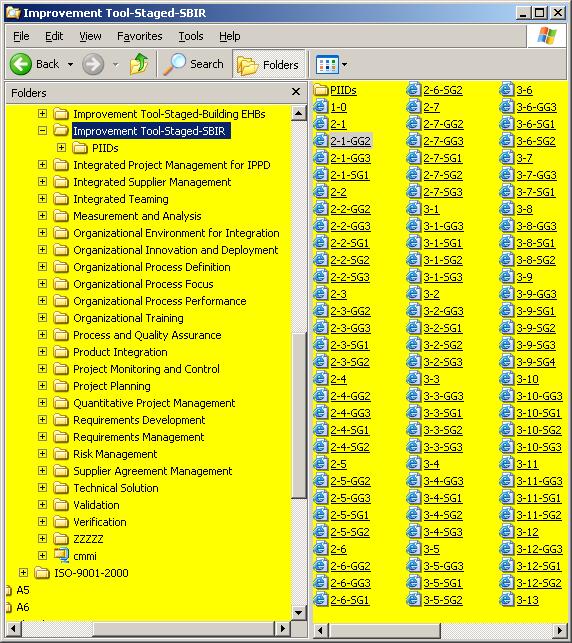
Figure 7.6 (i). NASA SBIR CMMI Staged Improvement Tool Files.
Some Sample Process Improvements
We look at some samples of Improvement Tools.
ISO 9001:2000 Improvement Tool. The purpose of the ISO 9001:2000 Improvement Tool is to provide documentation to the ISO 9001:2000 auditor(s) of how the product realization, support, and improvement subprocesses satisfy ISO 9001:2000 requirements. Two sample ISO 9001:2000 worksheets are:
ISO 9001:2000 Improvement Tool-SBIR and
ISO 9001:2000 Improvement Tool-Building EHBs
are for the NASA SBIR program and Building EHBs Inc. (which builds EHBs).
CMMI- Continuous Improvement Tool. The purpose of the CMMI- Continuous Improvement Tool is to provide documentation to the CMMI- Continuous auditor(s) of how the product realization, support, and improvement subprocesses satisfy CMMI- Continuous requirements. Two sample CMMI- Continuous worksheets are:
CMMI- Continuous Improvement Tool-SBIR and
CMMI- Continuous Improvement Tool-Building EHBs Inc.
are for the NASA SBIR program and Building EHBs Inc. (which builds EHBs).
CMMI- Staged Improvement Tool. The purpose of the CMMI- Staged Improvement Tool is to provide documentation to the CMMI- Staged auditor(s) of how the product realization, support, and improvement subprocesses satisfy CMMI- Staged requirements. Two sample CMMI- Staged worksheets are:
CMMI- Staged Improvement Tool-SBIR and
CMMI- Staged Improvement Tool-Building EHBs Inc.
are for the NASA SBIR program and Building EHBs Inc. (which builds EHBs).
Related Reading
A number of sample Requirements Capture Tools can be in found in:
Requirements Capture Tools (RCTs) link on the EHBs home page http://ehbs.org.